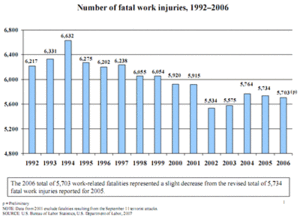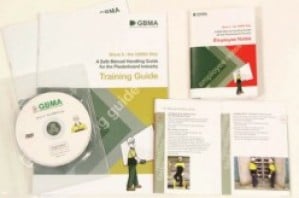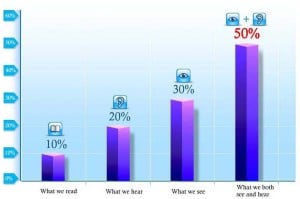
Picture Alert: Inappropriate visual. Example of how bad it is to put the wrong visuals with your content. It doesn't matter if the picture is nice or funny.
Access leadership and trust building communication tips to help you improve team productivity and safety.

Picture Alert: Inappropriate visual. Example of how bad it is to put the wrong visuals with your content. It doesn't matter if the picture is nice or funny.

In the seminal book Built to Last, by Jim Collins and Jerry Porras, they discovered that what made great companies better than good companies was that great companies had a core ideology. This is when a company is clear on "This is who we are, this is what we stand for, this is what we're all about".

Since the early 1990's, most companies have got their act together and decreased their workplace injuries (see chart). After all, it's a no-brainer that workplace safety accidents cost businesses lots of money each year. And from a human perspective, it's always a good idea to look after people.

Companies often tell us that they are frustrated by how hard it is to engage staff with training.

How the safety speech is written depends upon it's form of delivery (eg: written speech for the annual report, face to face presentation to staff or video presentation) and the audience. Ideally, the speech is tailored as much as possible to the particular group of workers as this will get more traction.

We all remember as kids having to stand up in front of the classroom and do a "Show and Tell" session to the class about our newest toy.

When it comes to training staff on safety or procedures, one of the biggest problems many of our clients talk about is the difficulty of training staff consistently across numerous sites.

Research studies tell us that 70% of workplace mistakes are a result of poor communication.
As mentioned in " How to Develop a Workplace Safety Messages Campaign" Part 1, marketing is the key to getting your safety messages heard and understood.

1. Use more Visuals - 83% of human learning occurs visually. Use lots of photos, videos, diagrams and colour to present training information. Avoid relying heavily on text based training. After all, we only recall 10% of what we read compared to 50% for what we both see and hear.